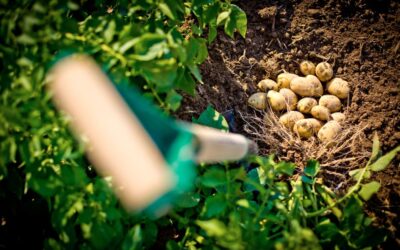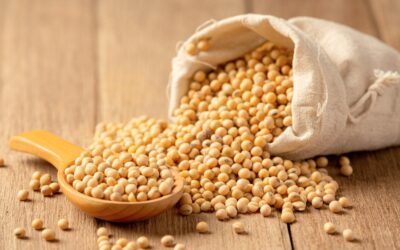The fertilization process for Dành mountain ginseng plants
Fertilization Principles: It’s essential to provide nutrients to the plants by fertilizing throughout the planting period, especially when the plants are flowering, fruiting, and tuberizing. The amount of fertilizer depends on the variety, climate, and soil to ensure appropriateness. To ensure optimal growth and high yield of mountain ginseng plants, it’s important to combine organic and inorganic fertilizers in sufficient quantities to meet the plant’s requirements during various growth stages, flowering, and tuber formation.
Type of fertilizers used: There are 02 types including (i) Organic mineral fertilizer SH01 and (ii) Organic microbial fertilizer VN3.
The organic microbial fertilizer VN3, besides containing a variety of nutrients, minerals, and trace elements formed during the decomposition of animal manure such as pig and cow dung, is also in the form of humus. Additionally, it contains beneficial microorganisms that promote the growth and development of crops while inhibiting the growth of pathogenic microorganisms in the root zone of the plants.
BẢNG 1. THÀNH PHẦN, HÀM LƯỢNG CÁC CHẤT ĐĂNG KÝ

*Instructions for using fertilizers from Suối Hai Production and Trading Company:
1) Organic mineral fertilizer SH01
2) Organic microbial fertilizer VN3
TABLE 2. DOSAGE OF ORGANIC MINERAL FERTILIZER SH01 AND ORGANIC MICROBIAL FERTILIZER VN3 FOR GINSENG PLANTS AT DIFFERENT GROWTH STAGES

*Note: Each time you fertilize, it should be combined with weeding, loosening the soil around the base, watering, and then mulching around the base of the plant. Regular watering to maintain moisture for the plants is recommended.
*Pest and disease control: Ginseng plants are used for medicinal and culinary purposes, so pest and disease management should employ integrated pest management methods.
It is advised to minimize the use of chemical pesticides and prioritize bio-based pesticides to control harmful organisms. Some common pests and diseases found in ginseng cultivation areas include: black cutworms, armyworms, leafhoppers, root rot, root disease, and bacterial wilt.
Using chemical pesticides should only be considered when absolutely necessary, and adherence to principles such as targeting the correct pests, applying at the right time, using the appropriate concentration and dosage, and following proper application methods is crucial. Emphasizing pest management through an integrated approach that combines farming practices, field sanitation, manual methods like insect trapping, as well as biological and chemical controls is essential.



